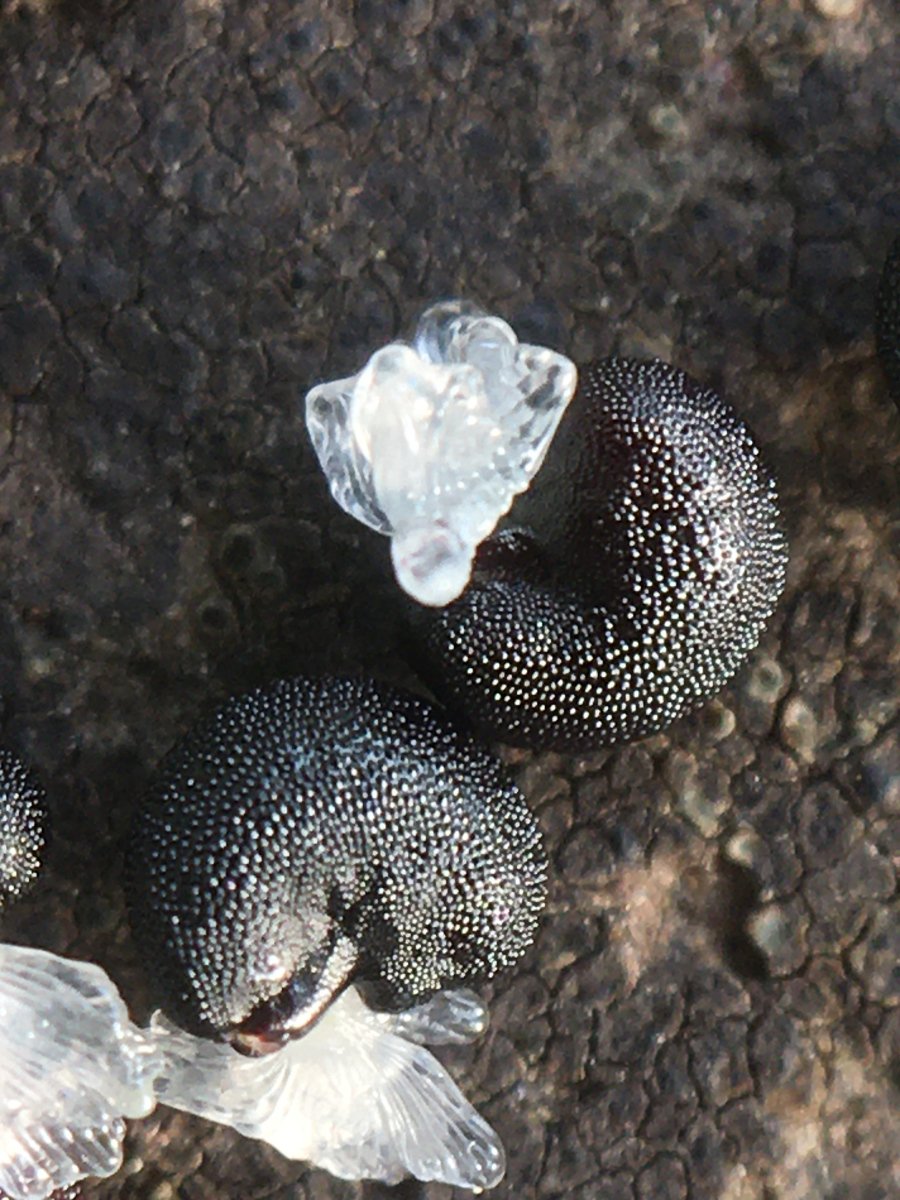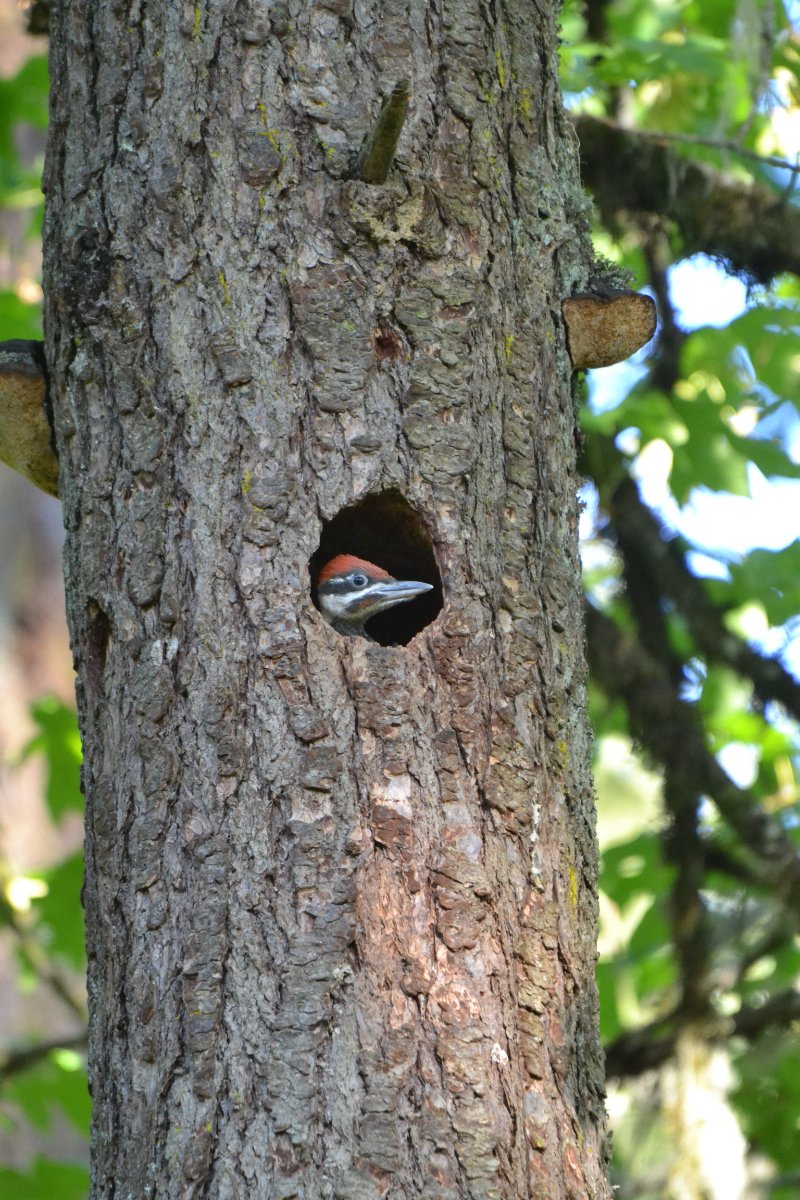Meet the Western Fence Lizard. It has radiant blue patches on its sides and the undersurfaces of its legs are yellowish-orange. The adult male has a blue patch on the throat. This lizard can range in color from olive, brownish, or black. It can have a pattern of paired blotches, wavy crossbars down the back, or occasionally some striping.
I have been seeing this beautiful creature on dead snags, stumps, the bases of oak trees, and the small wooden bridges throughout the arboretum. These places allow it to regulate its body temperature and blend into its surroundings as it hunts for prey.
Its diet consists mostly of insects and some spiders. I saw this one eating ants that were crawling around on the stump.
The Western fence lizard is also in the diet of other animals. To escape from predators, it can miraculously shed part of its tail. The dropped tail will wriggle like a living creature, which allows the lizard to escape while the predator is trying to catch the detached tail. The tail usually regrows in 3 to 5 weeks, is never identical to the original, and is almost always shorter.
The male is often seen displaying when it is defending its territory or trying to attract a potential mate. It will flatten its sides to show its blue patches and quickly does up and down movements with its front limbs that look like “push-ups.”
If its radiant blue doesn’t get your attention, this next bit of information that I found on the website of the National Science Foundation might. It states that “In the Western region of the U.S., the Western black-legged tick, or Ixodes pacificus, is the primary vector for Lyme disease bacteria. Up to 90 percent of the juvenile ticks in this species feed on the blood of the Western fence lizard, common in California and nearby states. A previous study by UC-Berkeley entomologist Robert Lane found that a protein in the Western fence lizard's blood killed Borrelia bacteria, and as a result, Lyme-infected ticks that feed on the lizard's blood are cleansed of the disease-causing pathogen.”
Researchers wanted to further test the Western fence lizard’s role in the Lyme disease ecology. They relocated the Western fence lizard from test areas and found “that 95 percent of the ticks that no longer had lizard blood to feast on failed to latch onto another host.” That certainly makes things more complex and interesting. The Western fence lizard both kills the bacteria that causes Lyme disease and also supports a huge population of ticks.
Nature is composed of many interconnected parts, and it can be difficult to see how it all functions together. What I do know for sure is that nature will always be an endless source of wonder, discovery, and learning.
Hope to see you out there.
References
Behler, John L., and F. Wayne King. The Audubon Society Field Guide to North American Reptiles and Amphibians. A Chanticleer Press ed, Knopf: Distributed by Random House, 1979.
Numbers of Lyme Disease-Carrying Ticks Plummet in Absence of Western Lizards. https://www.nsf.gov/news/news_summ.jsp?cntn_id=118655. Accessed 23 June 2022.
Western Fence Lizard. https://friendsofedgewood.org/western-fence-lizard. Accessed 23 June 2022.




































































